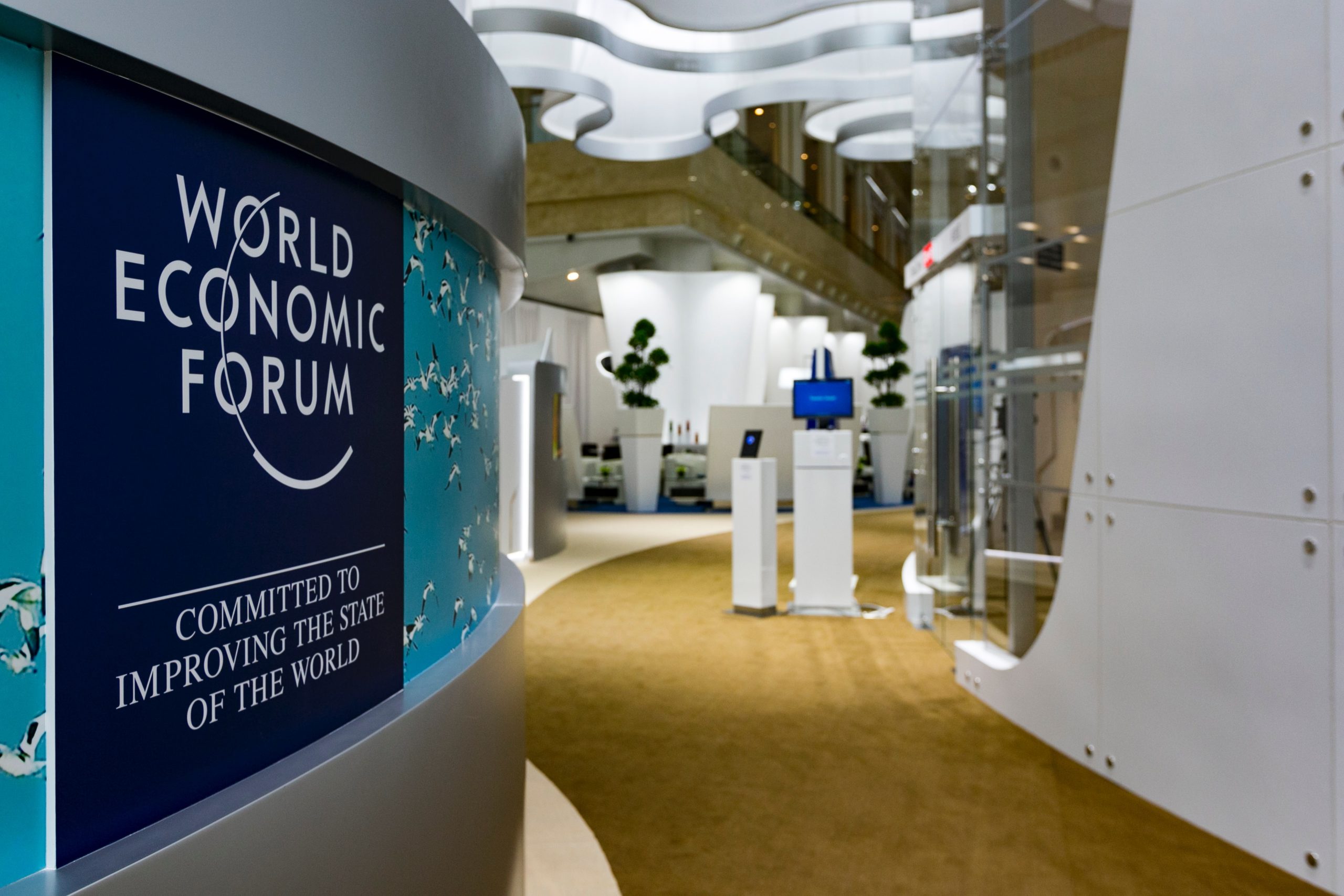 Business-to-business communication used to be one-way traffic, however, with the complete immersion of the web and social media in the workplace, audience expectations have completely changed with the onus now on creating a dialogue. So what does this mean for events in the context of B2B communications?
Business-to-business communication used to be one-way traffic, however, with the complete immersion of the web and social media in the workplace, audience expectations have completely changed with the onus now on creating a dialogue. So what does this mean for events in the context of B2B communications?
1. Adoption of new technologies and marketing trends
In the face of a changing communication landscape, how can new technologies and marketing trends be adopted for events? As mentioned, the emphasis is now on creating a two-way conversation and building a community has become an increasingly important tool in achieving this, replacing the transactional relationships of the past. Having a solid community is a smart growth strategy and one that is becoming more prominent as social media enables global community creation.
In the past, an event was often an end in itself, these days the experience doesn’t stop there. Messaging opportunities, both pre and post-event, are almost boundless. Creating on-line dialogue, extending the shelf-life of the event with webcasting, and provoking discussion through blogs and social media after the event can add value and increase engagement.
Leading on from this, marketers need to focus on inbound marketing and content when promoting events. The days of a free ride “build it and they will come” approach to conferences is over. Sending masses of DMs and emails and hoping is not a viable marketing strategy – inbound marketing and quality content is what’s needed and working now.
2. The format of events will change
Asking people to give up their precious time to attend an event means the experience has to deliver exceptional value to ensure this sacrifice has been worthwhile, and that delegates walk away feeling like they have significantly benefitted from attending. This means your event needs to display four main qualities:
• Uniqueness – your events will need to offer content and networking opportunities that genuinely cannot be found anywhere else, whether this is a Q&A with a key industry thought leader, a whitepaper/research they wouldn’t get by not attending or the chance to make key business connections with peers and/or potential customers
• Experience – event organisers will need to invest more, not less in the onsite experience. Successful events will invest in a brand experience that is truly unique, engaging and resonates with attendees
• Flexibility – organisers need to embrace digital distribution channels and flexible event formats. Delegates are demanding to engage on their terms at times that suit them. Forcing them to only interact during a set time at a set location cuts you off from thousands of potential customers
• Stickiness – the three above elements combined should create ‘stickiness’, which means returning delegates and a loyal base of core customers. These become the bedrock of a successful community, the engine for future growth and good word-of-mouth marketing amongst your industry audience.
3. Demand for face-to-face events will increase
Events will have an increasingly important role when it comes to communicating with your stakeholders. Whether this is getting internal buy-in for a new strategy, launching a new product or corporate entertainment, the power of a face-to-face experience, where audiences are active rather than passive cannot be underestimated. And although budgets (for paid for events) and time constraints will continue to exert pressure on the decision making process of attendance, the effectiveness of doing business face-to-face will see demand for this channel continue to grow.
In conclusion, before creating an event, organisations really need to look at the way they are approaching the end-to-end event and user experience – events need to be marketed intelligently, be engaging and really add value. They are an important part of the B2B communication strategy and shouldn’t be overlooked as demand for doing business face-to-face will continue to grow.


